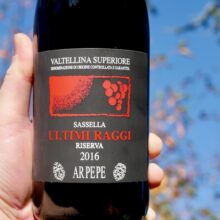
Product information
Ar.Pe.Pe Valtellina Superiore Riserva Sassella Ultima Raggi 2016
$182
Description
Late harvest quasi sforzato play here. There’s fun to be had here. ArPePe play in between a full-blown sforzato and the rest of their Riserva range makes for a fun balance. Completely dry, it introduces a level of richness and extra layer of tannin. Gary’s note captures it well.
Harvest is November 10th, because they leave the grapes to dry out and shrivel a little. It’s from the highest part of Sassella, sitting at 600m above sea level.
Cherry, blackberry, plum, dried mint, spicy too, and kind of peppery, but rich fruit is the message. Medium-bodied, stony and intense, almond and dried flowers, panforte, a dark chocolate and orange bitterness, fine sandy tannin, and nutty cherry flavours on a long and stony finish. It has power, but it keeps itself fresh and lively. A wine of distinct and persuasive personality.
Gary Walsh, TWF 95 Points
In stock



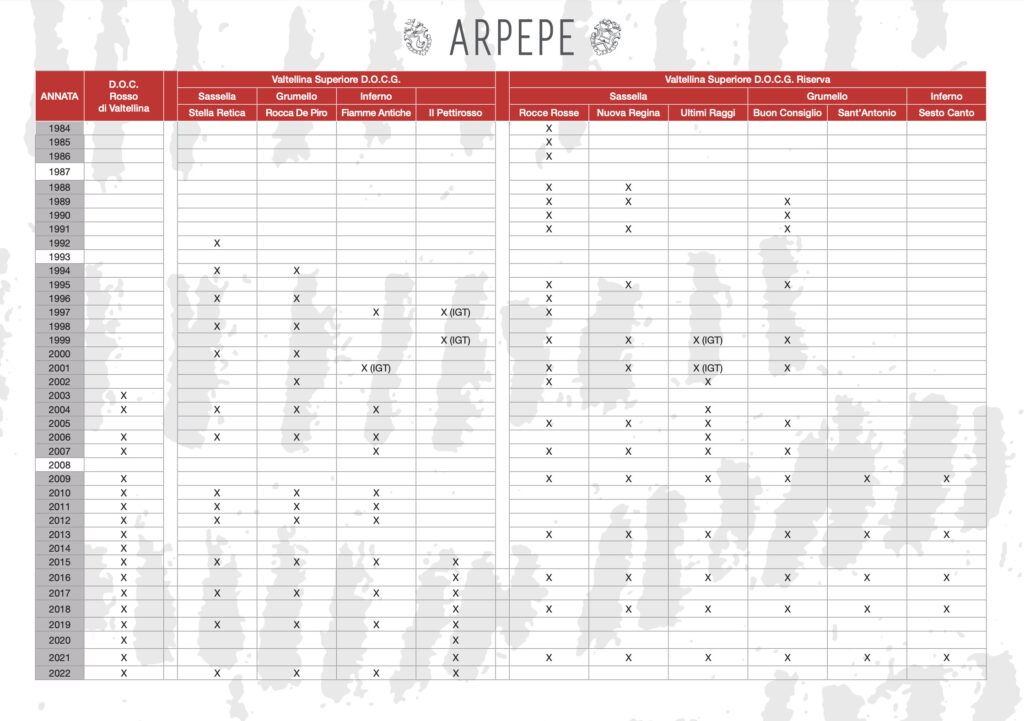




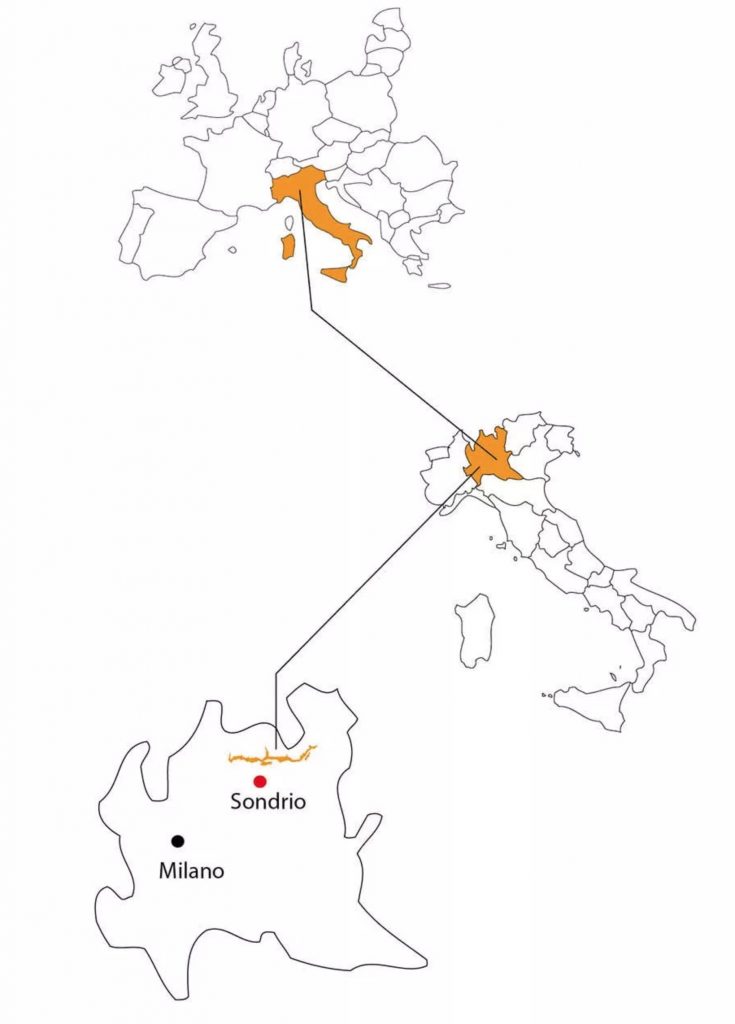
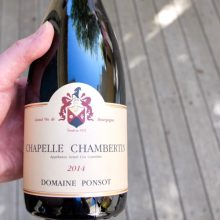
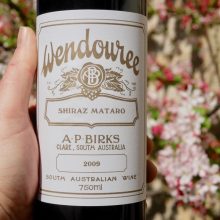
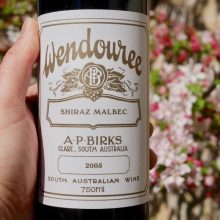
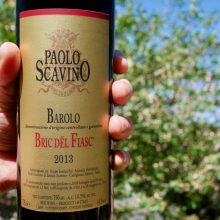
You must be logged in to post a comment.